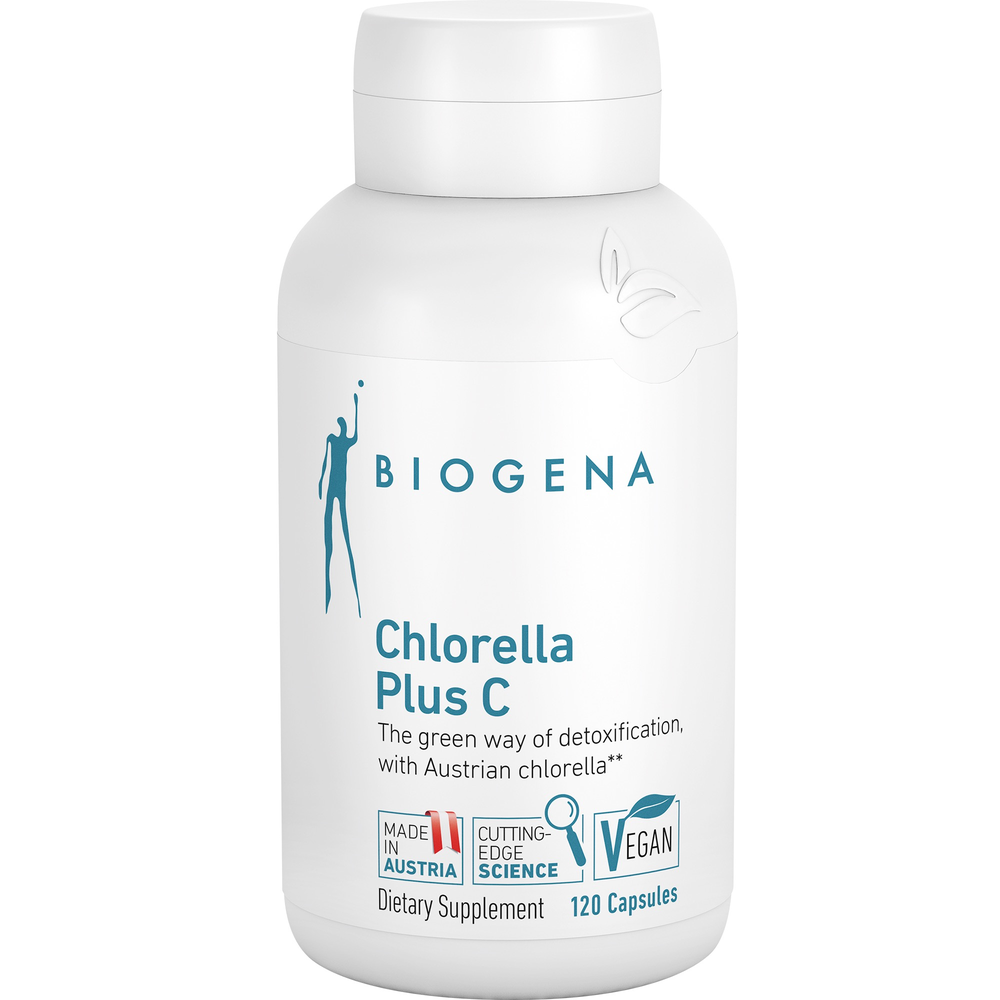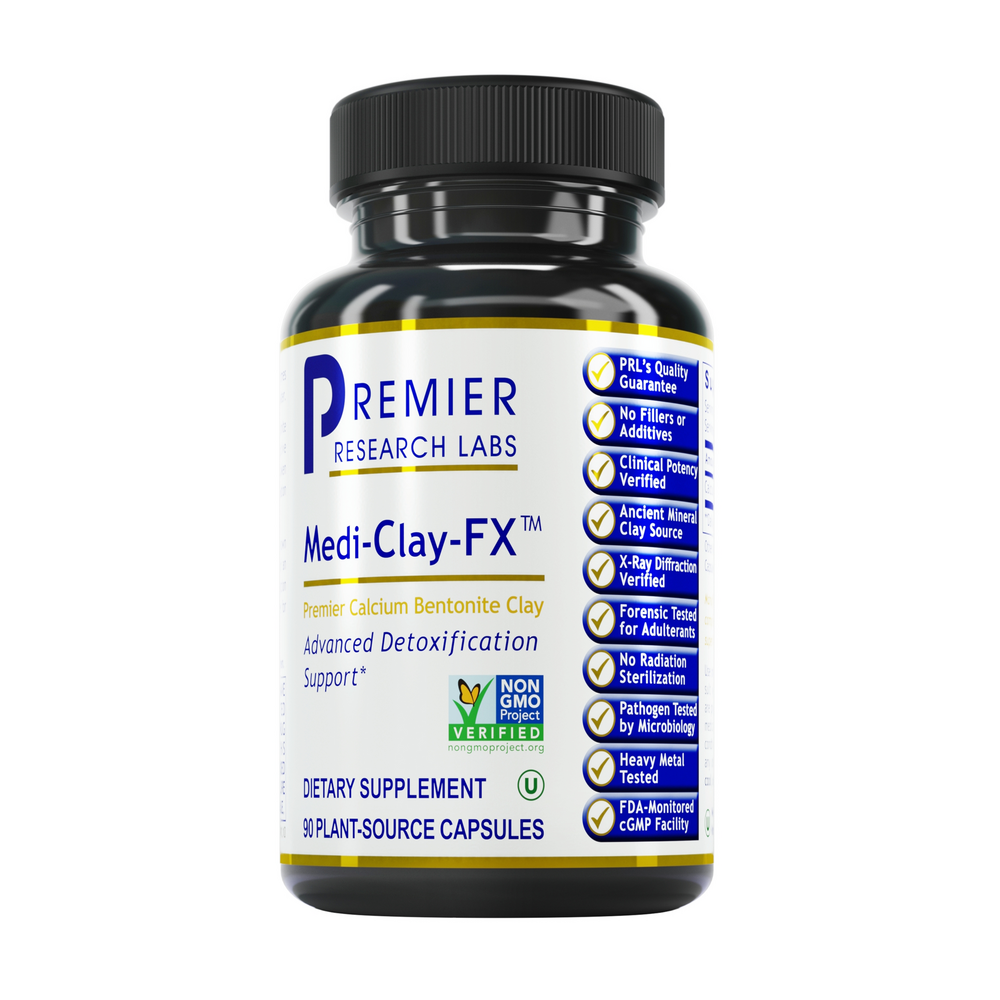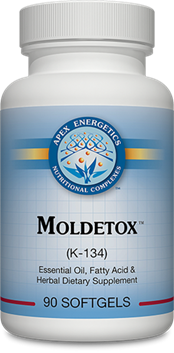Most people know that outdoor pollution is detrimental to our health but most people do not know that our indoor air quality may be an even bigger risk to your health. It is estimated that indoor air pollutants, including mold and mycotoxins may be contributing to more than 50% of chronic illnesses.
The most common types of mold that are found indoors include Cladosporium, Penicillium, Alternaria, and Aspergillus. Stachybotrys chartarum (also known as “toxic black mold”) is a greenish-black mold, which grows on household surfaces that have high cellulose content, such as wood, fiberboard, gypsum board, paper, dust, and lint. Its presence is an indicator that there has been elevated moisture present or previous water damage. Mold spores, fungal fragments, and mycotoxins can be measured in the indoor environments of moldy buildings and in humans who are exposed to these environments. Some molds secrete mycotoxins, that can be measured in the urine, such as ochratoxin, aflatoxin, and trichothecenes.
Human and animal studies have shown that exposure to mold and mold components trigger inflammation, allergies, asthma, and lead to severe immune dysfunction.
This immune imbalance known as chronic inflammatory response syndrome (CIRS) is an acquired acute or chronic, systemic inflammatory response triggered by exposure to the interior environment of a water-damaged building with resident toxigenic organisms, including, but not limited to fungi, bacteria, actinomycetes and mycobacteria as well as inflammagens such as endotoxins, beta glucans, hemolysins, proteinases, mannans and possibly spirocyclic drimanes; as well as volatile organic compounds. Genetically predisposed individuals become quite ill when exposed to these toxigenic organisms in water-damaged buildings. Here is a list of symptoms that have been linked with mold-associated illness:
- Fatigue and weakness
- Headache, light sensitivity
- Poor memory, difficult word finding
- Difficulty concentration
- Morning stiffness, joint pain
- Unusual skin sensations, tingling and numbness
- Shortness of breath, sinus congestion or chronic cough
- Appetite swings, body temperature regulation
- Increased urinary frequency or increased thirst
- Red eyes, blurred vision, sweats, mood swings, sharp pains
- Abdominal pain, diarrhea, bloating
- Tearing, disorientation, metallic taste in mouth
- Static shocks
- Vertigo, feeling lightheaded
Have you been exposed to mold and mycotoxins?
Do you have mold toxicity? Do you have sensitivity to mold and their mycotoxins? Here is a helpful checklist from the Environmental Health Center-Dallas:
- Do musty odors bother you?
- Have you worked or lived in a building where the air vents were discolored?
- Have you noticed water damage or discoloration on ceilings or elsewhere?
- Has your home been flooded?
- Have you had leaks in the roof?
- Do you experience shortness of breath?
- Do you experience recurring sinus infections?
- Do you experience recurring bronchial infections and coughing?
- Do you have flu-like symptoms?
- Do you notice an increase of symptoms on rainy days?
- Do you have frequent headaches?
- Are you fatigued and have a skin rash?
Steps towards healing
- It is very important to remove yourself from the contaminated environment immediately. Any attempt to address the symptoms caused by mold will be pointless if you continue to be exposed to mold or other biotoxins. Do not forget that mold hides in porous items such as paper, clothing, etc.
- Invest in a high-quality air filter such as IQ Air or Austin Air Healthmate Plus.
- Avoid common mycotoxin containing foods: corn, wheat, barley, rye, peanuts, sorghum, cottonseed, some cheeses, and alcoholic beverages such as wine and beer. Also, oats, rice, tree nuts pistachios, brazil nuts, chiles, oil seeds, spices, black pepper, dried fruits, figs, coffee, cocoa, beans, bread may contain mycotoxin.
- Support biotransformation and detoxification functions with Glutathione Supreme with NAC or a liposomal version such as Trizomal Glutathione combined with Glutathione Recycler. Glutathione is needed since it often becomes depleted in toxin-related illness. Also, you need to support methylation with Active B Complex, Restore M, or MethylGuard Plus. All these products are available in our online store.
- Also, it is important to ensure proper bowel function and avoid constipation to facilitate detoxification and toxin removal. Dietary and/or prescriptive binders may be used to bind toxins in the gastrointestinal tract.
- It is important to get the right laboratory testing and address all of the metabolic and hormonal imbalances. Dr. Shoemaker’s protocol has been proven very effective but it must be done in a step by step approach in a specific order.
- I dentify and treat the colonizing molds/fungal or bacterial infections, and their biofilms. Common locations of colonization include sinuses, gut, bladder, vagina, lungs. Also, test and treat for candida overgrowth, which tends to overgrow in the body in some immunocompromised patients.
These general recommendations must be tailored to each individual to accommodate to his unique genetic requirements, lifestyle factors, and the effects of the environmental exposure over the lifetime.









